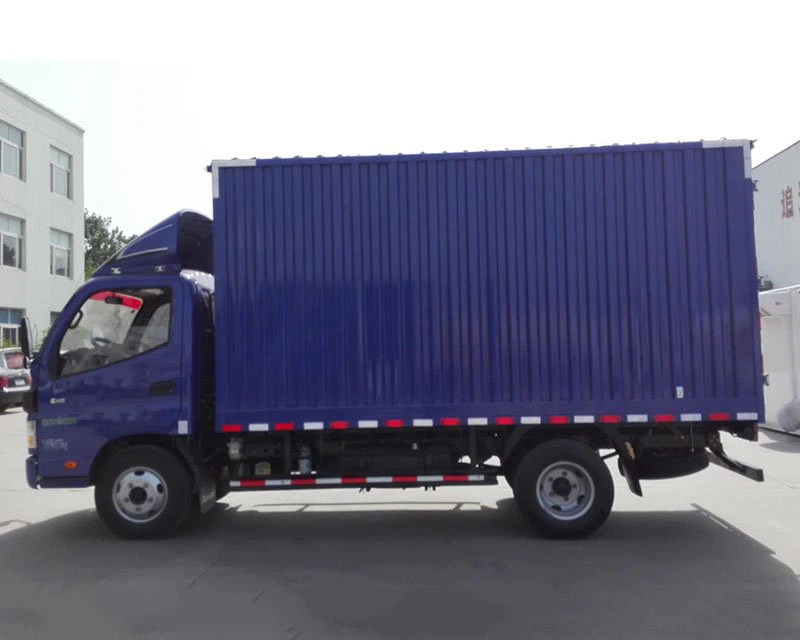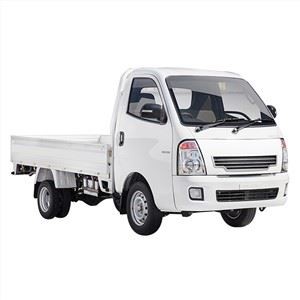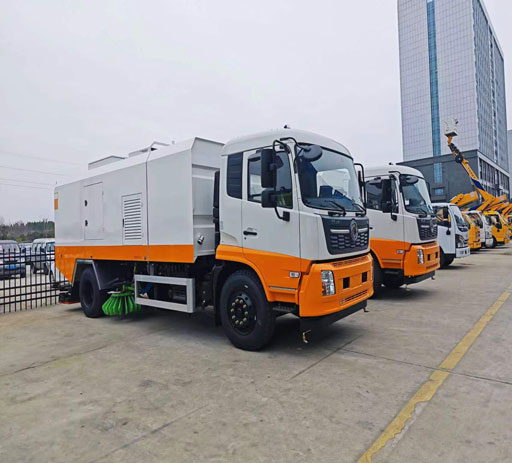Waste Compactor Machine: An Essential Solution for Efficient Waste Management

Introduction
In today’s rapidly urbanizing world, effective waste management has become a critical concern for communities and industries alike. One of the most innovative tools in this arena is the waste compactor machine. This equipment plays a vital role in minimizing waste volume, reducing disposal costs, and promoting environmental sustainability. In this comprehensive article, we will explore the various aspects of waste compactor machines, including their types, functionalities, benefits, and maintenance tips. By the end of this article, you will have a thorough understanding of what a waste compactor machine is and how it can revolutionize waste management practices.
What is a Waste Compactor Machine?
A waste compactor machine is a device designed to compress waste materials into a smaller volume, making it easier and more cost-effective to transport and dispose of. By reducing the size of waste, these machines help optimize space in landfills, recycling facilities, and storage areas. Waste compactors come in several forms, including stationary compactors, portable compactors, and self-contained compactors, each suited for specific applications and environments.
Types of Waste Compactor Machines
1. Stationary Compactors
Stationary compactors are installed permanently at locations like warehouses, distribution centers, and manufacturing plants. They are designed to handle large volumes of waste and are typically connected to a compaction container.
2. Portable Compactors
Portable compactors are versatile and can be moved to different locations as needed. They are ideal for businesses that generate varying waste amounts and need flexibility in their waste management solutions.
3. Self-Contained Compactors
Self-contained compactors combine a compactor and a storage container into a single unit, making them suitable for handling wet waste, such as food scraps. These machines are airtight, which helps to control odors and reduce pest problems.
How Does a Waste Compactor Machine Work?
The functioning of a waste compactor machine involves the following steps:
- Loading: Waste materials are loaded into the compaction chamber.
- Compaction: A hydraulic or mechanical ram compresses the waste, significantly reducing its volume.
- Discharge: Once the desired compaction is achieved, the compacted waste is ejected into a container or dumpster.
- Transport: The compacted waste can now be transported for disposal or recycling.
Benefits of Using a Waste Compactor Machine
1. Space Optimization
By reducing the volume of waste, compactors help maximize available storage space, whether in a facility or landfill. This leads to greater efficiency in waste handling.
2. Cost Savings
Reducing the frequency of waste pickups lowers transportation costs. Additionally, waste compactors can minimize landfill fees as less waste means less weight and fewer trips.
3. Environmental Impact
Compacting waste helps in minimizing carbon footprints by promoting recycling and reducing waste sent to landfills. They also contribute to keeping areas cleaner and more organized.
4. Improved Safety
Waste compactors can decrease the risk of accidents associated with manual waste handling, providing a safer working environment for staff dealing with waste materials.

5. Odor Control
Self-contained compactors effectively control odors and pests by sealing the waste inside, making them ideal for restaurants and grocery stores handling food waste.
Choosing the Right Waste Compactor Machine
Selecting the appropriate waste compactor machine requires careful consideration of several factors:
1. Type of Waste
Identify the type and volume of waste generated. Some machines are better suited for dry waste, while others handle wet waste more efficiently.
2. Location
Consider the available space for installation. Stationary compactors require a permanent location, while portable units offer more versatility.
3. Volume and Frequency
Assess the amount of waste produced and how often pickups are required to choose a machine that meets specific needs.

4. Budget
Evaluate the initial cost, operating costs, and potential savings over time. A well-chosen waste compactor can provide a significant return on investment.
Practical Examples of Waste Compactor Applications
1. Retail Industry
Large retail stores often generate considerable amounts of cardboard, plastic, and other waste. Using a stationary compactor can help reduce the volume of recyclables and minimize hauling costs.
2. Food and Beverage
Restaurants and grocery stores benefit significantly from self-contained compactors that manage organic waste effectively while controlling odors and pests.
3. Manufacturing Facilities
Manufacturers produce various waste materials which can be compacted into manageable sizes, simplifying the process of disposal or recycling. For instance, a factory may use a portable compactor to manage production scraps.
Maintenance Tips for Waste Compactor Machines
1. Regular Inspections
Routine inspections help identify any potential issues before they escalate. Check hydraulic fluids, seals, and connections regularly.
2. Cleaning
Keep the compactor clean to prevent odors and pests. Regular cleaning reduces contamination risks and prolongs the lifespan of the machine.
3. Safety Checks
Ensure safety features, such as emergency stop buttons and safety locks, are operational. Training staff on safe operation practices is vital.
4. Schedule Professional Maintenance
Engage a qualified technician for annual maintenance to keep the machine in optimal working condition, addressing any mechanical wear and tear.
Cost of Waste Compactor Machines
The cost of waste compactor machines can vary widely based on several factors, including type, size, and features. Below is a general guide to estimated costs:
| Type of Compactor | Estimated Cost Range |
|---|---|
| Stationary Compactors | $3,000 – $30,000 |
| Portable Compactors | $3,500 – $25,000 |
| Self-Contained Compactors | $5,000 – $50,000 |
Common Misconceptions About Waste Compactor Machines
1. They are Only for Large Businesses
Many smaller businesses also benefit from waste compactors, especially if they generate significant waste. There are compactors designed specifically for low-volume applications.
2. Compacting Waste is Not Environmentally Friendly
On the contrary, compacting waste reduces landfill use and promotes recycling, which contributes positively to environmental sustainability.
3. They Require a Lot of Space
While some compactors need substantial space, many compactors are designed to be compact and fit into smaller areas, catering to various business requirements.
FAQs
1. How much space do I need for a waste compactor machine?
The space required for a waste compactor machine varies by type. A compact self-contained model may only need a small area, while a stationary compactor may require more space for loading and unloading.
2. Can I use a waste compactor for all types of waste?

It depends on the compactor type and its specifications. Most compactors are designed for specific waste types, so it’s essential to choose one that aligns with your waste materials.
3. How often should I have my waste compactor serviced?
Annual servicing is generally recommended. However, regular inspections and maintenance should be conducted to keep the machine functioning optimally.
4. Will using a waste compactor reduce my waste disposal costs?
Yes, compacting waste reduces the volume, leading to fewer pickups and lower transportation costs, thus saving money over time.
5. Can I rent a waste compactor instead of purchasing one?
Yes, many providers offer waste compactors for rent, which is a good option for businesses that have fluctuating waste amounts or need a unit for a short-term project.
6. Are there any safety concerns with using a waste compactor machine?
While generally safe, proper training on operating the machine and adhering to safety protocols is vital to avoid potential accidents. Regular checks of safety features are also important.
